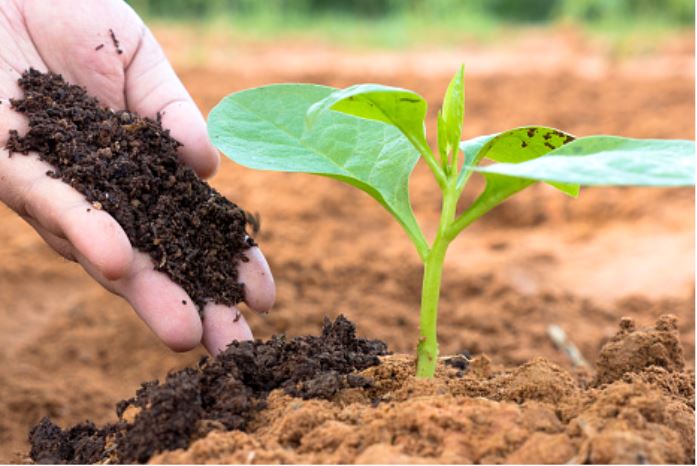
In a loss for the Circular Economy, Fertilising Products containing animal by-products are frustrated from entering the Single Market under the Fertilising Products Regulation
Date
Sections

- Regulation (EU) 2019/1009 (The Fertilising Products Regulation—FPR) foresees the use of animal by-products as components in EU Fertilising Products. However, before that can happen, relevant end points have to be defined under the Animal By-Products regulation [Regulation (EC) No 1069/2009].
- When the FPR was agreed in 2019, the Commission was mandated to begin the process to define appropriate animal by-product end points by early 2020.To date, no such end points have been defined, and CMC 10 remains empty although the FPR will be applied starting 16 July 2022, and animal by-products represent one of the most important opportunities for the FPR to contribute to the Circular Economy.
Affected industrial sectors are concerned about the delays in defining animal by-product end points for the FPR.
14 March 2022, Brussels, Belgium. This media release is jointly issued by 11 associations: Afaïa, Assofertilizzanti, European Biogas Association (EBA), European Biostimulants Industry Council (EBIC), European Compost Network (ECN), European Consortium of Organic-Based Fertilizer Industry (ECOFI), European Organic Fertilizers Manufacturers Association (EUROFEMA), European Sustainable Phosphorus Platform (ESPP), Growing Media Europe (GME), Industrieverband Agrar (ESPP), and UNIFA. A description of each association and its contact details are below.
At the end of February 2022, there was no indication of materials/processing methods that are likely to be covered by the proposed list of animal by-product end points for EU Fertilising Products or materials/processing methods that are likely to be excluded.
With the approaching application of the Fertilising Products Regulation (FPR) in mid-July 2022, industry is urgently seeking guidance on the possibility of placing animal-derived component materials (including manures) on the market in EU Fertilising Products under the FPR.
In addition to CMC 10, questions also remain about the use of animal by-products in composts, digestates and certain other fertilising product component materials (CMCs 3-5-12-13-14-15). As one example, manure (a Cat. 2 animal by-product) is a major input material for anaerobic digestion and represents the largest potential for increasing the circular use of nutrients. This requires urgent action to ensure regulatory clarity for operators and the possibility to recycle animal by-product nutrients to EU-fertilisers when the FPR enters into force four months from now.
Industry has been vocal since the beginning of the negotiations of Regulation (EU) 2019/1009 about the importance of animal by-products to increasing nutrient recycling significantly. An industry alliance already alerted the co-legislators and the European Commission to the importance of animal by-products for achieving the stated aims of the Fertilising Products Regulation in November 2017.
When the European Commission published the draft of the Fertilising Products Regulation in 2016, itsmain policy objective was clearlystated “to incentivise large scale fertiliser production in the EU from domestic organic or secondary raw materials in line with the circular economy model, by transforming waste into nutrients for crops. The proposal will provide a regulatory framework radically easing access to the internal market for such fertilisers.” As of today, this promise remains unfulfilled for fertilising products that contain animal by-products and derived materials.
Our industries are committed to contribute to the objectives of the Circular Economy; however, regulatory certainty is a key prerequisite for market actors to be able to do so. Incinerating and disposing of materials derived from animal by-products instead of upcycling and revalorising them as safe and effective fertilising are lost opportunities for the Circular Economy, greatly reducing system-wide nutrient-use efficiency.
Regulation (EC) 1069/2009 (the Animal By-Products Regulation recognises a number of treatment process that are used under national authorisation to place thousands of organic fertilisers, soil improvers, plant biostimulants, and growing media on the market every year. The materials resulting from these processes have a long history of safe use. For example, in 2018 (the latest official data available), 62,468 controls were conducted in Italy, with only nine cases requiring further investigation for possible contamination by pathogens, and all nine cases were finally determined to be negative for contamination.
